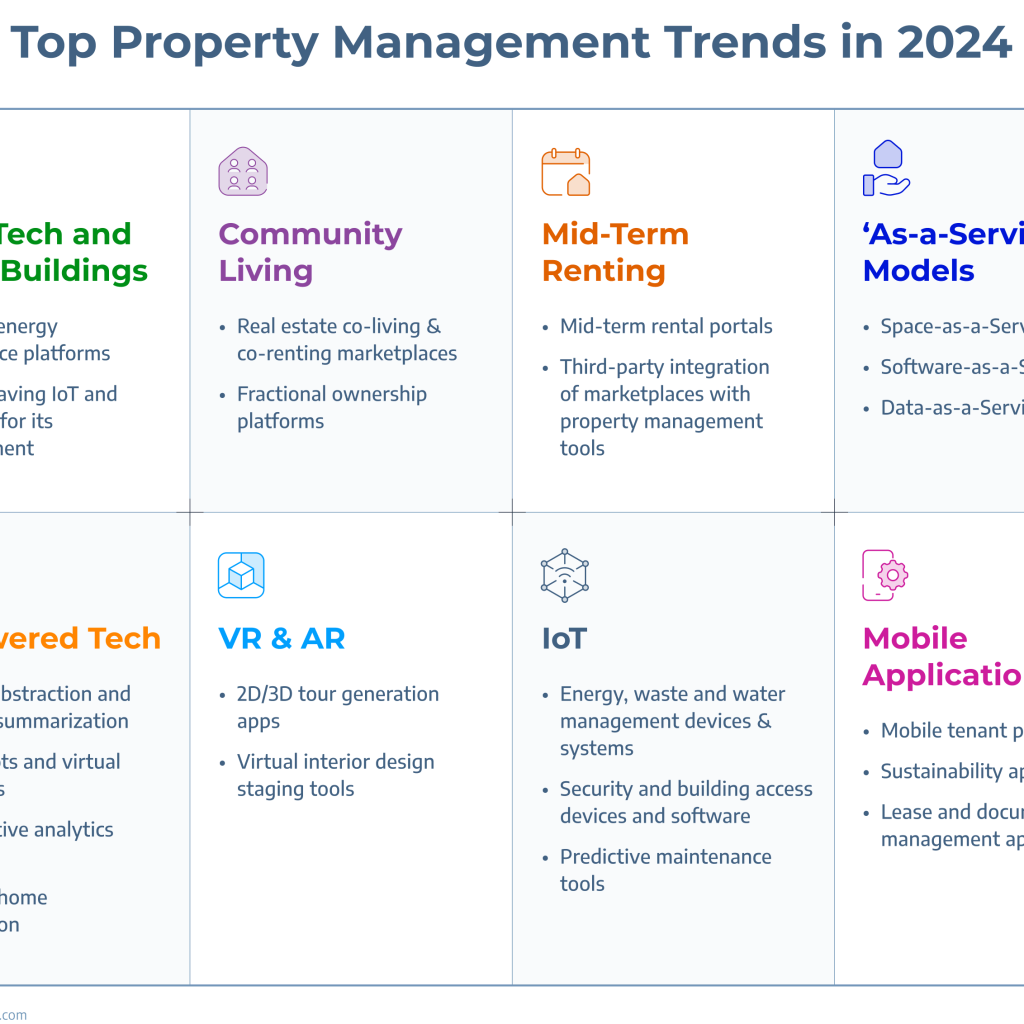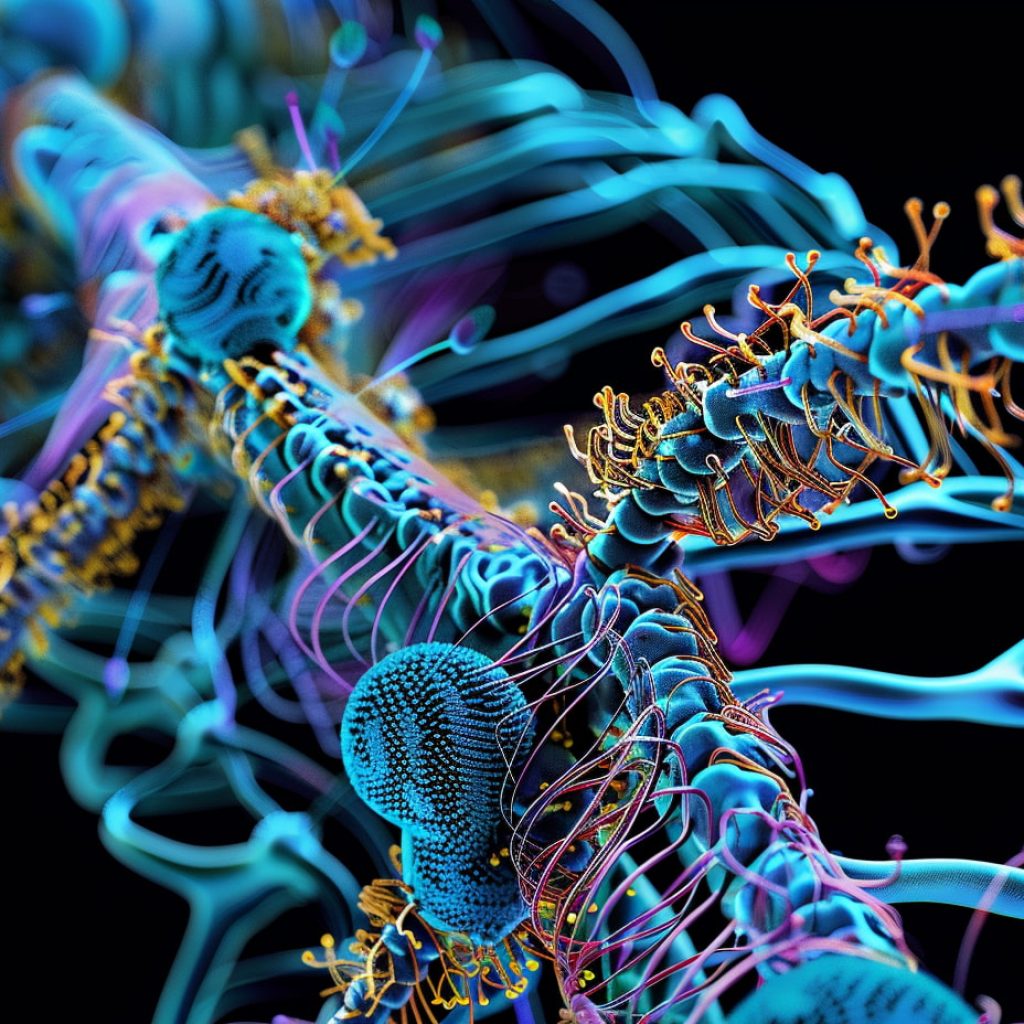In recent news, the spotlight has been on Aitana Lopez, a seemingly popular pink-haired model hailing from Barcelona. What makes her story intriguing is not her stunning looks or her apparent celebrity status but the fact that Aitana doesn’t actually exist. She is the creation of artificial intelligence (AI) and is managed by a specialist agency in Barcelona known as The Clueless. This virtual model earns a staggering $10,000 per month and has even garnered the attention of celebrities.
While the concept of AI-generated models might appear novel, it’s not entirely new. The world has witnessed the emergence of AI or ‘fake influencers’ for some time now, with many of them amassing hundreds of thousands of followers on platforms like Instagram. For editorial and fashion photographers, the impact on their business may not be as significant as one might think. The use of synthesized figures and computer-generated imagery has been a part of the industry for years. In fact, some fashion houses still prefer real models because, unfortunately, they are more cost-effective and time-efficient than their digital counterparts.
The real concern: Impact on the youth
However, the real concern lies not in how AI models affect the photography business but in their impact on the younger generation. While it’s perfectly acceptable to follow an AI bot on Instagram, the problem arises when creators fail to disclose the fact that their influencer is artificial. Some of the most famous AI models have been in circulation for nearly six years, and they haven’t aged a day. This deception can perpetuate unrealistic beauty standards and lead to disillusionment among impressionable individuals.
Authenticating AI-generated imagery
The issue of AI-generated imagery in photography has sparked debates and discussions. The core problem for many is the sense of betrayal experienced when they discover that a captivating image has been created by AI rather than a human photographer. The key to addressing this concern may lie in finding ways to authenticate these images, ensuring transparency and clarity. Some even suggest the authentication of raw files to verify that they represent actual photos of real people. However, these measures can drive up the costs associated with photography, ultimately pushing more individuals towards using AI.
The risk of oversaturation
As AI continues to become more accessible and mainstream, tools like Chat GPT could potentially create AI models within minutes, possibly at little to no cost. This oversaturation of AI-generated content may prove to be detrimental, reminiscent of the mid-1990s stock imagery boom. Back then, similar concerns were raised about the demise of photography as stock photographers flooded the market, driving prices down to unsustainable levels.
In the end, photography evolved and adapted to the changing landscape. Stock photographers, however, found themselves in a race to the bottom, competing for the lowest prices. AI’s increasing prominence could follow a similar trajectory. Today, one can access high-quality, rights-free stock imagery at no cost, yet many are still willing to pay for unique, skillfully crafted photographs created by human photographers.
The future of photography in the era of AI remains uncertain. While AI-generated models and imagery present both opportunities and challenges, the essence of artistry and uniqueness will likely continue to be valued. As AI tools become more prevalent, it’s essential for creators to maintain transparency, ensuring that audiences are aware when they are engaging with AI-generated content. The evolving photography industry may find new avenues for creativity and innovation, just as it has in the face of past technological shifts.





